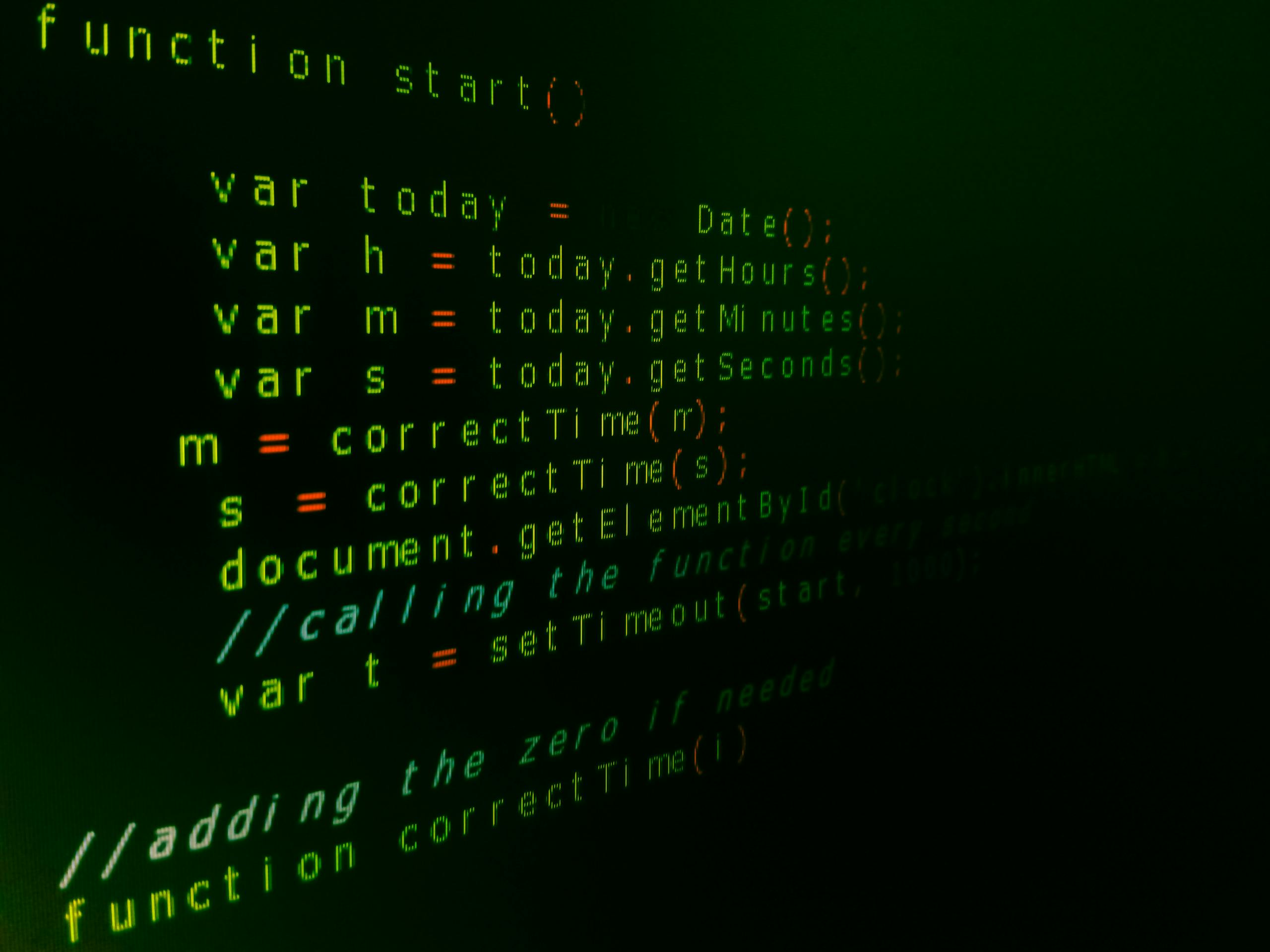Troubleshooting: “GetDeviceRemovedReason” Error and Game Launch Failures on NVIDIA GeForce RTX 2060
If you’ve encountered an error message related to DirectX while attempting to launch a game, you are not alone. Many gamers using NVIDIA GPUs, particularly the GeForce RTX 2060, have reported crashes accompanied by the following message:
“DirectX function ‘GetDeviceRemovedReason’ failed with DXGI_ERROR_DEVICE_HUNG (‘The GPU will not respond to more commands’). GPU: ‘NVIDIA GeForce RTX 2060’, Driver: 58129.”
Understanding the Error
This error indicates that the graphics processing unit (GPU) has become unresponsive, often referred to as a “device hang”. Specifically, the DXGI_ERROR_DEVICE_HUNG signifies that the graphics driver or hardware has failed to process commands properly, resulting in a crash or game termination on startup.
Common causes include:
- Driver instability or incompatibilities
- Overheating or hardware stress
- Insufficient power supply
- Background processes interfering with GPU operations
- Hardware faults
Initial Troubleshooting Steps
Since updating graphics drivers is a fundamental step, and you’ve already completed this, consider the following additional measures:
1. Check for System and Driver Updates
- Ensure Windows is fully updated, as OS updates often include important fixes for graphics stability.
- Visit the NVIDIA website to verify you have the latest stable driver version for the RTX 2060. Sometimes, beta or optional drivers can cause issues, so consider reverting to a known stable release if problems persist.
2. Perform a Clean Driver Installation
- Use tools like DDU (Display Driver Uninstaller) to completely remove current graphics drivers.
- Reinstall the latest driver fresh from the NVIDIA website.
- This can resolve residual conflicts or corruption within driver files.
3. Monitor Hardware Temperatures and Performance
- Use GPU monitoring software such as MSI Afterburner or HWMonitor.
- Check if your GPU is overheating during gaming sessions. Typical safe temperatures are below 85°C.
- Ensure proper airflow in your PC case.
4. Adjust Graphics Settings
- Lower in-game graphics settings, especially those that are taxing on your GPU like ray tracing or high resolutions.
- Disable V-Sync or set it to adaptive. Sometimes, synchronizing frame rates can help stabilize GPU behavior.
5. Test Hardware Stability
- Run stress tests using tools
Share this content:

